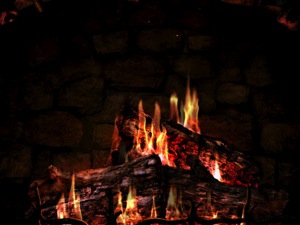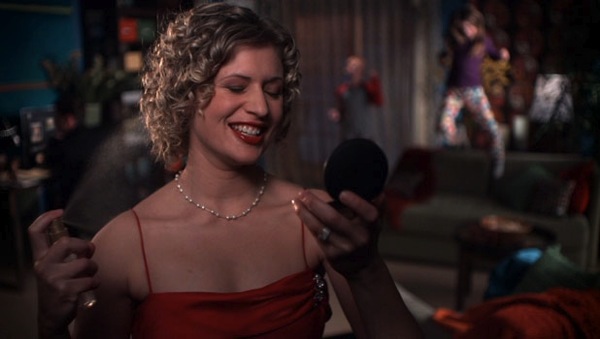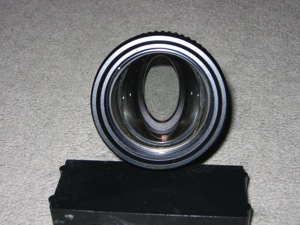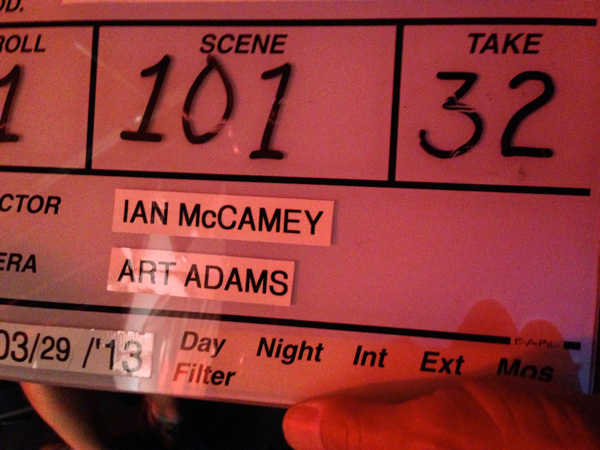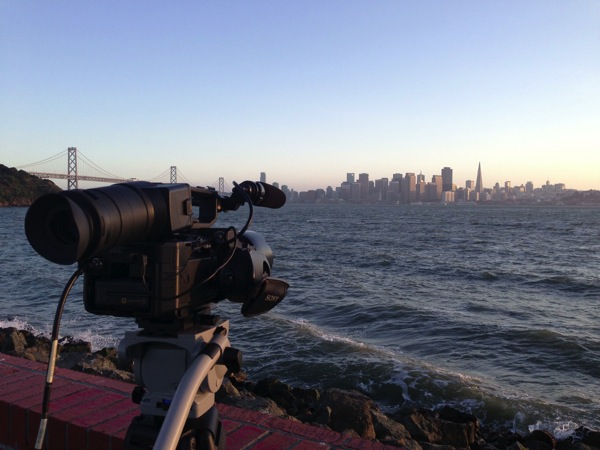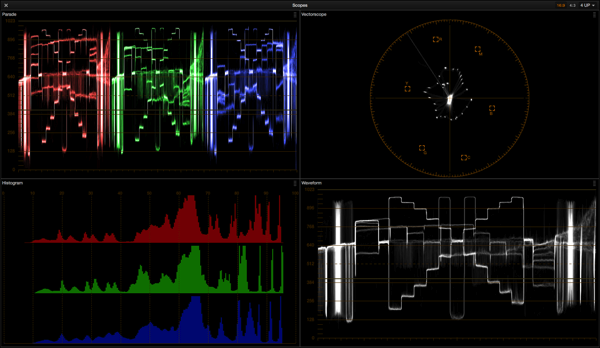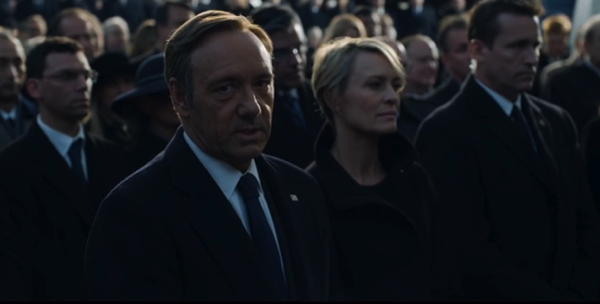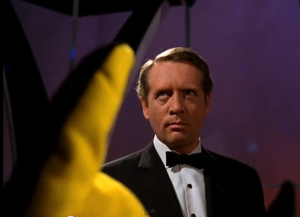
Creativity is a tremendously hard thing to quantify, and yet producers and directors want to know what they’re getting before they buy it. They want to see that a DP can do one or two things really well, and then they feel confident that a DP they haven’t worked with before can definitely deliver. That’s why tabletop DPs get stuck doing lots of tabletop, or visual effects DPs shoot lots of green screen and background plates: they can show that they do that really well, so that’s what they’ll be hired to do.

